Old hybrid teas, own root
jaspermplants
12 years ago
Related Stories

GARDENING AND LANDSCAPINGCitrus 101: Start Your Own Backyard Orchard
This Earth Day Weekend, Add Some Green, Style and Deliciousness to Your Landscape
Full Story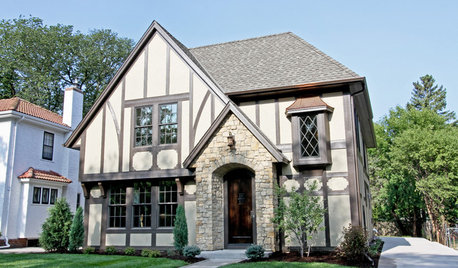
ROOTS OF STYLERoots of Style: The Indelible Charm of American Tudors
Rich details and an intimate scale give this English-inspired architectural style memorable character and flexibilty
Full Story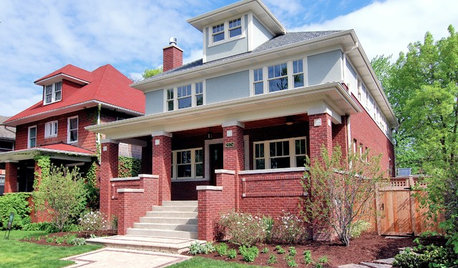
ARCHITECTURERoots of Style: The Eclectic American Foursquare
The turn-of-the-20th-century style transitioned U.S. residential architecture from the Victorian era to the modern age
Full Story
HOUZZ TOURSMy Houzz: A Northwest Home Honors Its Midcentury Roots
A couple embrace Scandinavian modern to preserve the integrity of their home, built by midcentury architect Kenneth Brooks
Full Story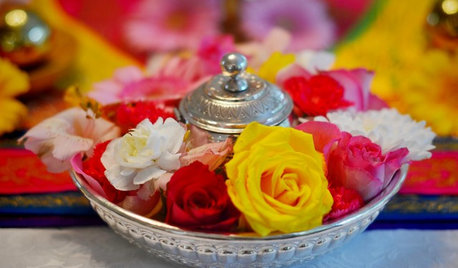
FEEL-GOOD HOMERejuvenate Your Home With Deep-Rooted Traditions
Give the subtle energies and spiritual side of your home some attention, and watch newfound calm and beauty blossom
Full Story
FRUIT TREESHow to Grow Your Own Juicy Plums
Easier than other stone fruits and with a variety of colors to choose from, plums are a versatile garden addition
Full Story
FRUIT TREESHow to Grow Your Own Persimmons
Sturdy and easy to care for, these trees offer bright fruit through winter — and keeping them in bounds is no sweat
Full Story
EDIBLE GARDENSHow to Grow Your Own European and Asian Pears
Try these trees for their good looks, delicious fruit and wide range of sizes — plus you can espalier them
Full Story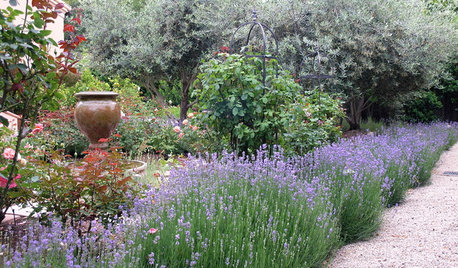
FLOWERSHerb Garden Essentials: Grow Your Own Fragrant Lavender
This do-it-all plant is ideal for almost any garden, and its uses are abundant around the home
Full Story
EDIBLE GARDENSHow to Grow Your Own Sweet Summer Crops
This guide will help any gardener get started on growing the freshest warm-season veggies and berries for summer
Full StorySponsored
Columbus Area's Luxury Design Build Firm | 17x Best of Houzz Winner!
More Discussions







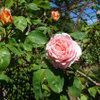
roseseek
michaelg
Related Professionals
Harrison Landscape Architects & Landscape Designers · Kenmore Landscape Architects & Landscape Designers · Brooklyn Center Landscape Architects & Landscape Designers · Boca Raton Landscape Contractors · Columbine Landscape Contractors · Ellensburg Landscape Contractors · Fort Mill Landscape Contractors · Louisville Landscape Contractors · Mount Sinai Landscape Contractors · Petaluma Landscape Contractors · Ponte Vedra Beach Landscape Contractors · Ringwood Landscape Contractors · Fontana Swimming Pool Builders · West Puente Valley Swimming Pool Builders · Wethersfield Siding & Exteriorsstrawchicago z5
roseseek
windeaux
roseseek
jaspermplantsOriginal Author